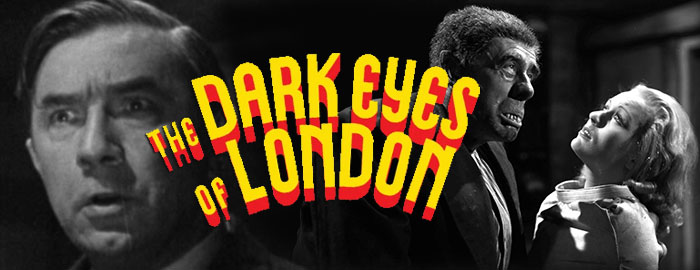
B&W,
1939, 76 mins. 7 secs.
Directed by Walter Summers
Starring Bela Lugosi, Hugh Williams, Greta Gynt, Edmon Ryan, Wilfred Walter, Alexander Field
Network (Blu-ray & DVD) (UK RB/R2 HD/PAL), VCI (Blu-ray) (US R0 HD)

B&W,
1939, 76 mins. 7 secs.
Directed by Walter Summers
Starring Bela Lugosi, Hugh Williams, Greta Gynt, Edmon Ryan, Wilfred Walter, Alexander Field
Network (Blu-ray & DVD) (UK RB/R2 HD/PAL), VCI (Blu-ray) (US R0 HD)
 Europe, the name Edgar Wallace has been synonymous with solid mystery thrills on both the printed page and the big
Europe, the name Edgar Wallace has been synonymous with solid mystery thrills on both the printed page and the big 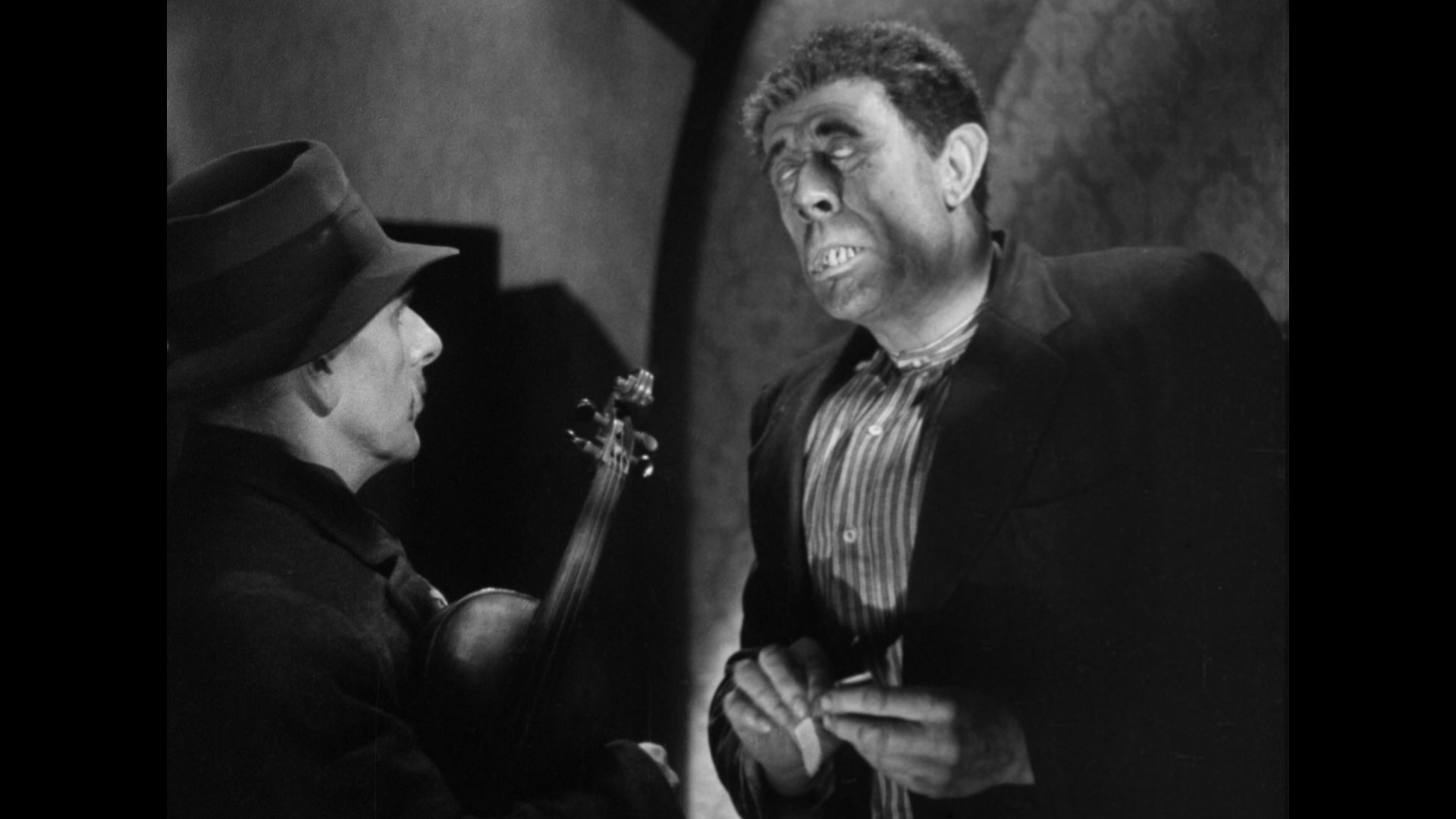 screen for well over a century. Great Britain in particular was zealous about adapting his page-turner novels into films sometimes multiple times a year even in the silent era, but it wasn't until the '60s that his name really exploded across the continent thanks to a five-year series of U.K. secondary features (47 in total) that seemed to play everywhere, and most famously, the West German krimi series from Rialto Films that spawned dozens of official entries and imitators. One of the most popular Wallace novels to hit the screen was his 1924 novel The Dark Eyes of London, about a string of murders in London based around a home for the blind and a gang of sightless criminals. The first version out of the gate, 1939's The Dark Eyes of London, adhered to the odd practice of British mystery adaptations at the time by severely downplaying the whodunit aspects, a practice taken more famously the same year by Alfred Hitchcock's Jamaica Inn and another Wallace adaptation, 1940's The Door with Seven Locks. Since the Wallace name meant little in the U.S. at the time apart from his involvement in co-writing King Kong, both films were retitled for American audiences (Dark Eyes as The Human Monster and Seven Locks as Chamber of Horrors), with the author's name downplayed in the promotion. What made Dark Eyes one of the most prominent U.K. Wallace
screen for well over a century. Great Britain in particular was zealous about adapting his page-turner novels into films sometimes multiple times a year even in the silent era, but it wasn't until the '60s that his name really exploded across the continent thanks to a five-year series of U.K. secondary features (47 in total) that seemed to play everywhere, and most famously, the West German krimi series from Rialto Films that spawned dozens of official entries and imitators. One of the most popular Wallace novels to hit the screen was his 1924 novel The Dark Eyes of London, about a string of murders in London based around a home for the blind and a gang of sightless criminals. The first version out of the gate, 1939's The Dark Eyes of London, adhered to the odd practice of British mystery adaptations at the time by severely downplaying the whodunit aspects, a practice taken more famously the same year by Alfred Hitchcock's Jamaica Inn and another Wallace adaptation, 1940's The Door with Seven Locks. Since the Wallace name meant little in the U.S. at the time apart from his involvement in co-writing King Kong, both films were retitled for American audiences (Dark Eyes as The Human Monster and Seven Locks as Chamber of Horrors), with the author's name downplayed in the promotion. What made Dark Eyes one of the most prominent U.K. Wallace 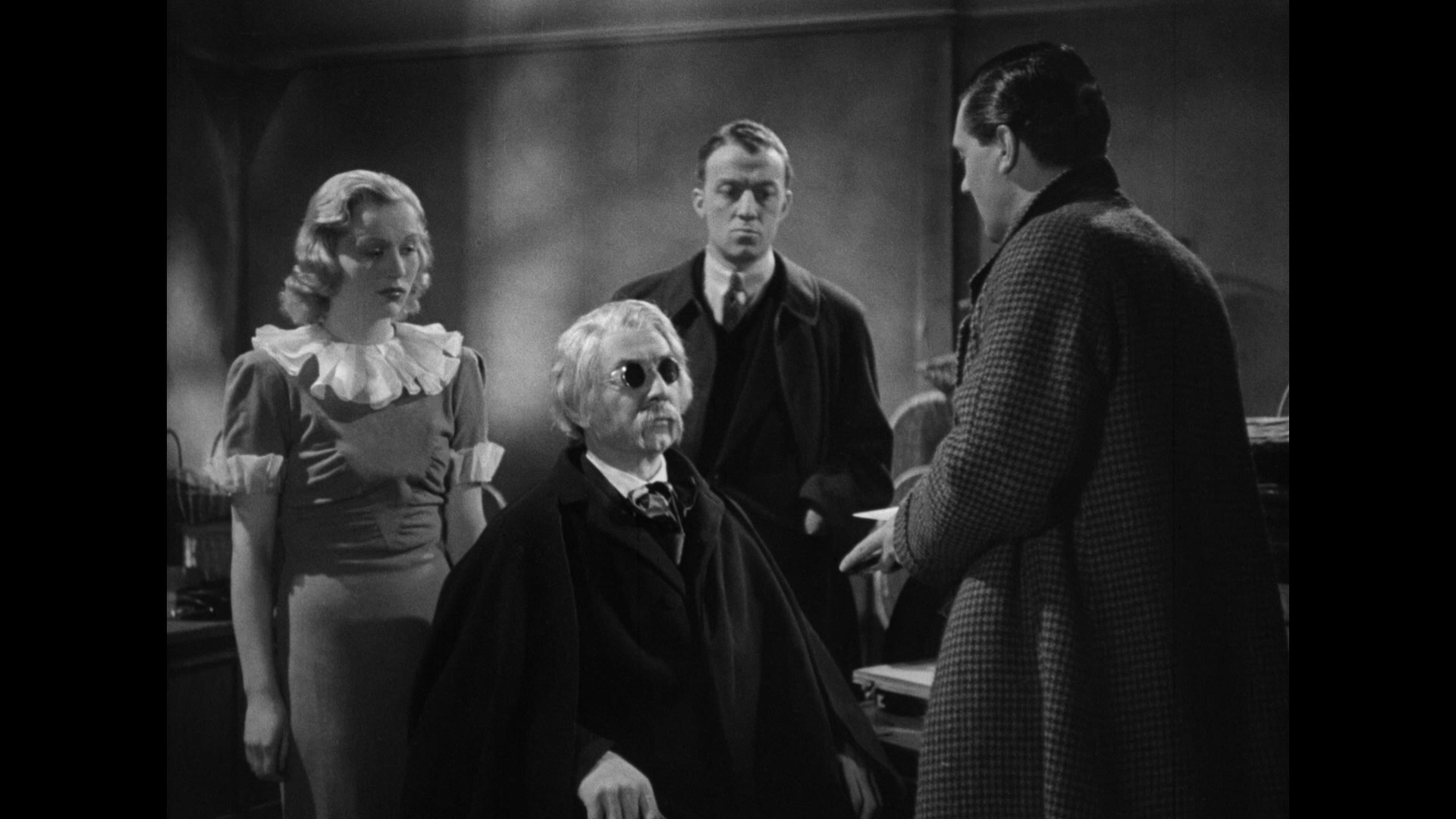 exports at the
exports at the 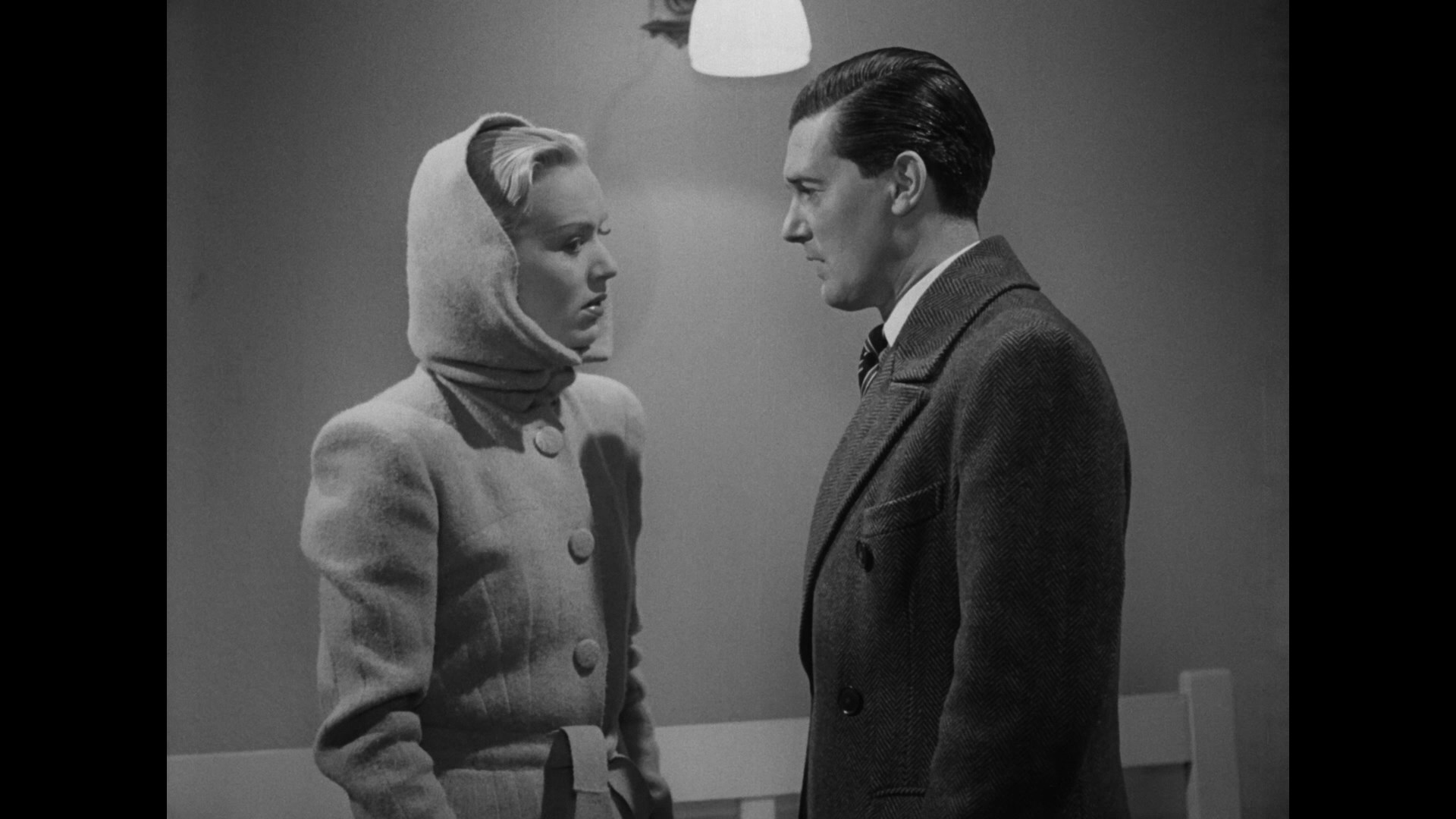 time was its star, Bela Lugosi, who had been bouncing between semi-prestigious Universal horror films and quickie poverty row productions in the wake of his breakthrough global success starring in 1931's Dracula. Speaking of poverty row, this film was given a shoddy U.S. release from Monogram Pictures, who had no censorship issues with it despite the film famously earning the short-lived "H" rating (or "Horrific for Public Exhibition") in its native country. In 1961, the book was adapted more faithfully but far more flamboyantly as one of the Wallace krimi films, The Dead Eyes of London, then unofficially remade again as 1968's The Gorilla Gang (which retains entire swaths of the previous screenplay verbatim) and finally modernized in 2002 as The House of Dead Eyes, part of a series of Wallace-based German TV movies.
time was its star, Bela Lugosi, who had been bouncing between semi-prestigious Universal horror films and quickie poverty row productions in the wake of his breakthrough global success starring in 1931's Dracula. Speaking of poverty row, this film was given a shoddy U.S. release from Monogram Pictures, who had no censorship issues with it despite the film famously earning the short-lived "H" rating (or "Horrific for Public Exhibition") in its native country. In 1961, the book was adapted more faithfully but far more flamboyantly as one of the Wallace krimi films, The Dead Eyes of London, then unofficially remade again as 1968's The Gorilla Gang (which retains entire swaths of the previous screenplay verbatim) and finally modernized in 2002 as The House of Dead Eyes, part of a series of Wallace-based German TV movies. 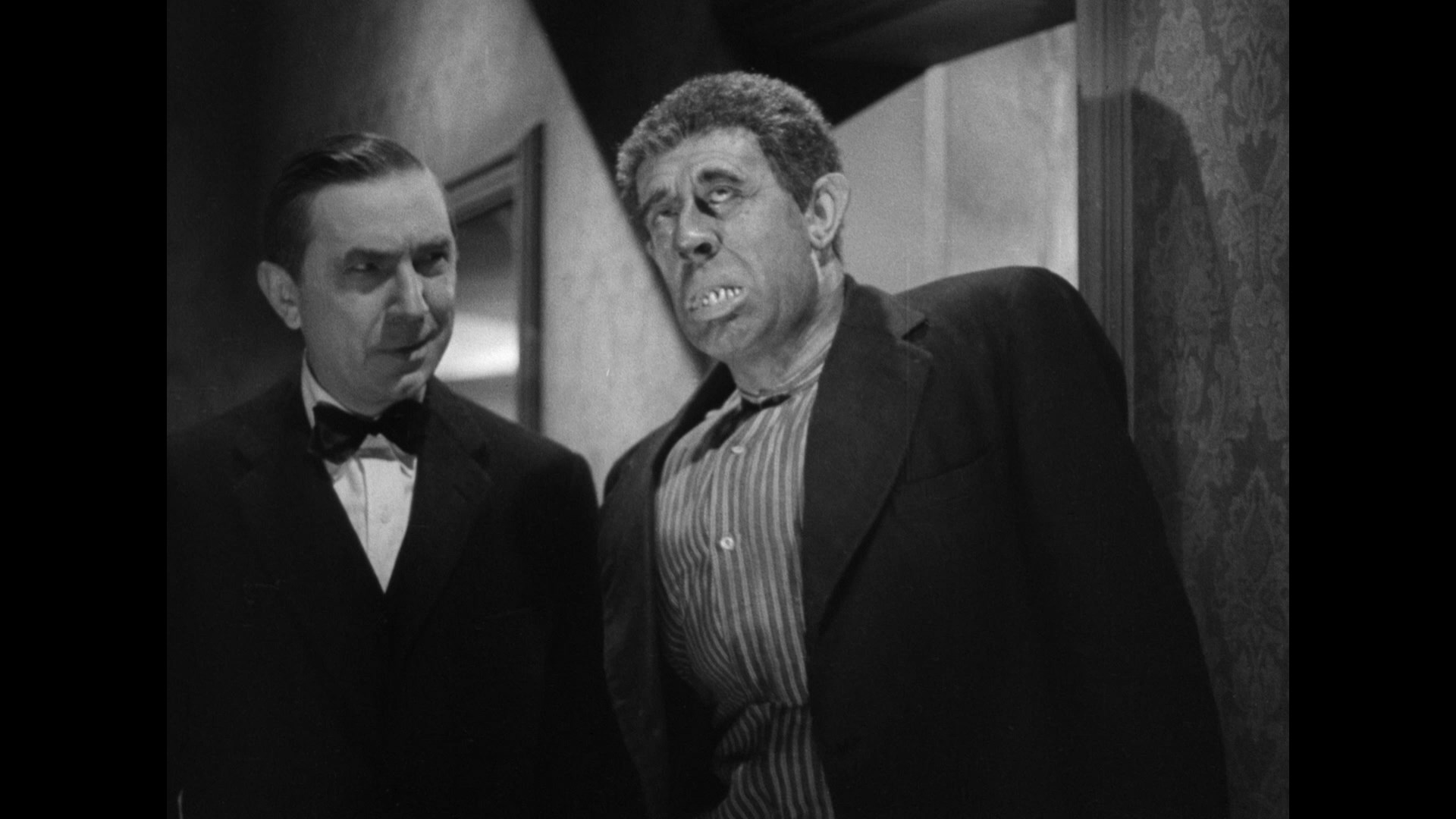 aided by American arrival Lieutenant O'Reilly (Ryan) from Chicago, assemble a
aided by American arrival Lieutenant O'Reilly (Ryan) from Chicago, assemble a  baffling array of clues -- such as the fact that the victims drowned in tap water, not river water.
baffling array of clues -- such as the fact that the victims drowned in tap water, not river water.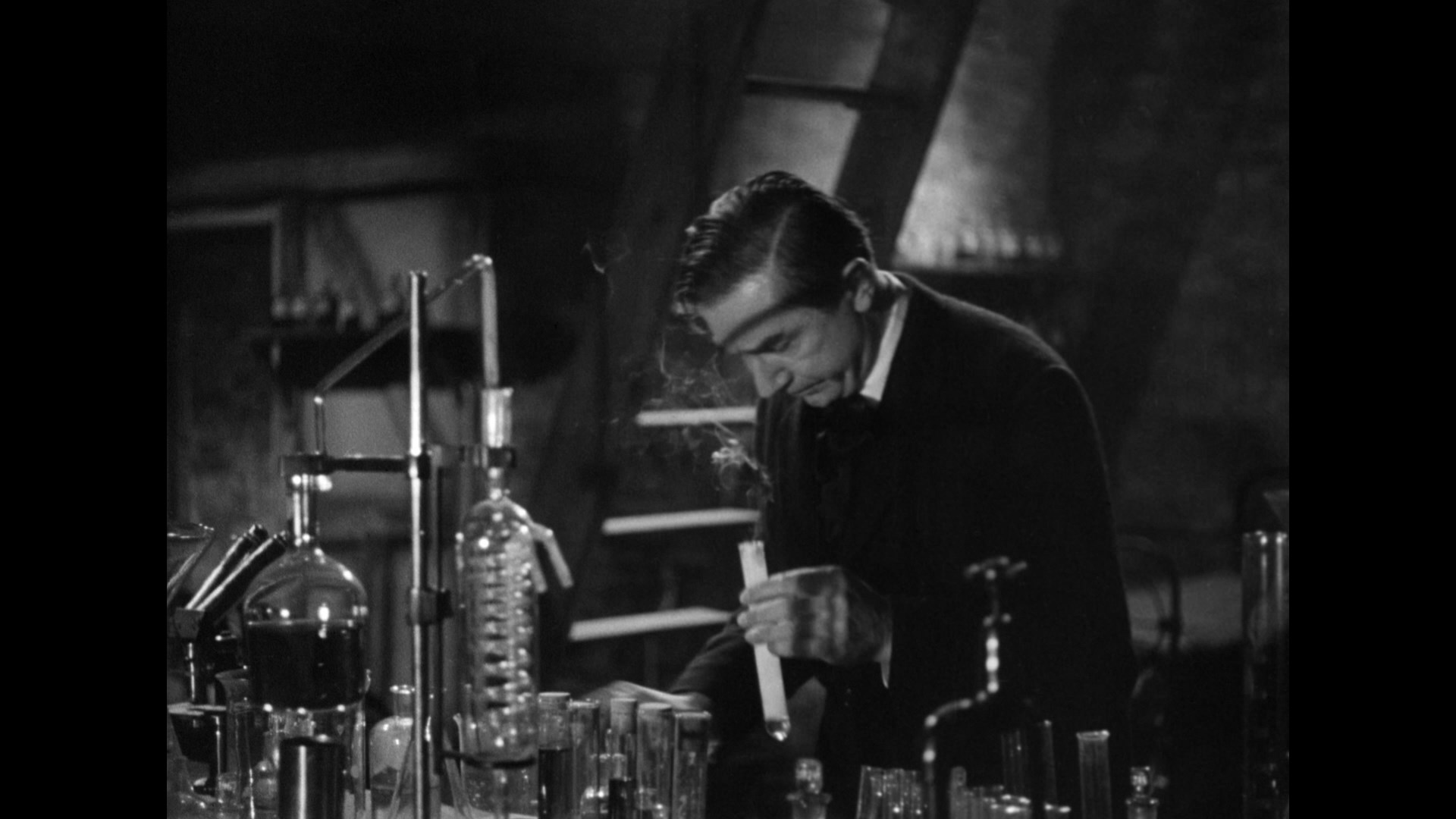 Studio Canal) as the source but easily surpass anything out there by a very, very, very wide margin. Finally you get a nice gray scale, fine detail, black shadows, and bona fide texture on everything from Lugosi's slicked-back hair to the textures on overcoats. It's a real joy to finally see this in
Studio Canal) as the source but easily surpass anything out there by a very, very, very wide margin. Finally you get a nice gray scale, fine detail, black shadows, and bona fide texture on everything from Lugosi's slicked-back hair to the textures on overcoats. It's a real joy to finally see this in 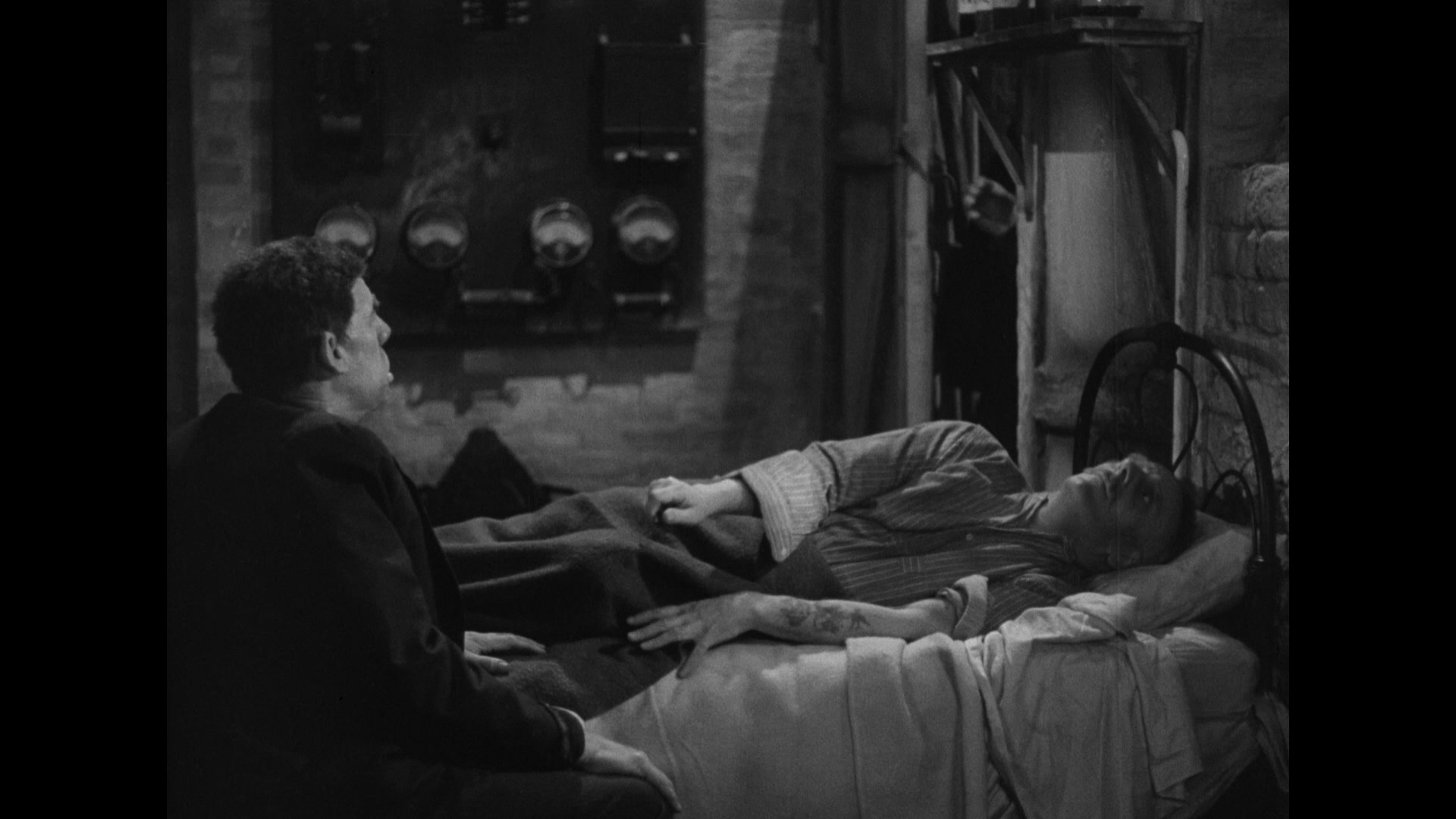 good condition, and the LPCM 2.0 English mono track is also in much better shape than the muddy mess we've had before (even if the original audio recording is very thin in the first place). Optional English SDH subtitles are also provided. A new audio commentary by Kim Newman and Stephen Jones fills the time very nicely as they have fun chatting about the various actors, Lugosi's career around that time, the whole H-certificate factor, the adverse effect of this being lumped among Lugosi's homegrown Monogram projects, and the benefits of finally seeing this in a good presentation. Both of them return, this time on camera, for "Bela Lugosi in Britain" (29m52s), hanging out at the venerable pub The Edgar Wallace as they swap thoughts about the star's time in England where he films like this and The Mystery of the Marie Celeste at a time when other Hollywood stars would occasionally hop back and forth across the Atlantic. They also touch on some of the other odd genre detours in the star's career, such as the immortal My Son, the Vampire. Also included are the alternate U.S. titles (which will remind you lousy this film used to look), the U.S. trailer, and a 5m20s gallery of various stills, posters, ad mats, and more. The limited edition confined to the first pressing also comes with an insert booklet with an essay by Adrian Smith.
good condition, and the LPCM 2.0 English mono track is also in much better shape than the muddy mess we've had before (even if the original audio recording is very thin in the first place). Optional English SDH subtitles are also provided. A new audio commentary by Kim Newman and Stephen Jones fills the time very nicely as they have fun chatting about the various actors, Lugosi's career around that time, the whole H-certificate factor, the adverse effect of this being lumped among Lugosi's homegrown Monogram projects, and the benefits of finally seeing this in a good presentation. Both of them return, this time on camera, for "Bela Lugosi in Britain" (29m52s), hanging out at the venerable pub The Edgar Wallace as they swap thoughts about the star's time in England where he films like this and The Mystery of the Marie Celeste at a time when other Hollywood stars would occasionally hop back and forth across the Atlantic. They also touch on some of the other odd genre detours in the star's career, such as the immortal My Son, the Vampire. Also included are the alternate U.S. titles (which will remind you lousy this film used to look), the U.S. trailer, and a 5m20s gallery of various stills, posters, ad mats, and more. The limited edition confined to the first pressing also comes with an insert booklet with an essay by Adrian Smith. ![]()